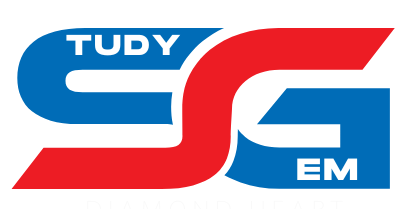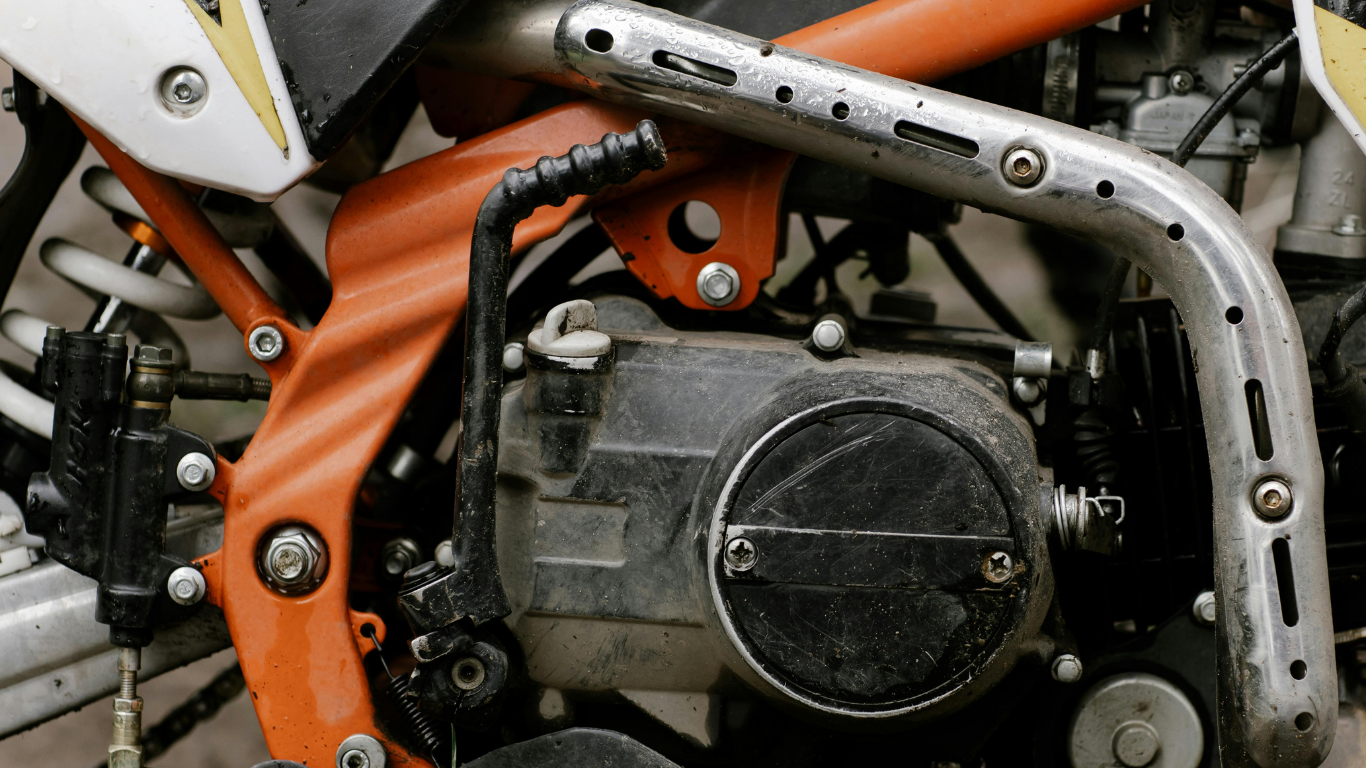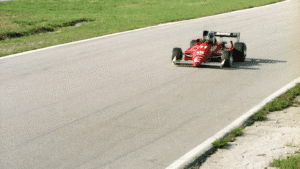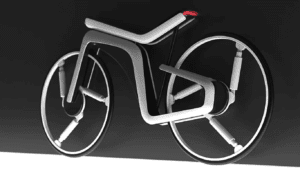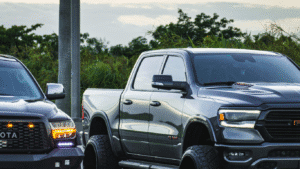If you’re a proud owner of a 1997 Honda Goldwing trike or thinking about getting one, you might be curious about its parts, especially the brakes. One question that pops up a lot is: Do they use Honda calipers on a 1997 Goldwing trike? It’s a fair question, considering how important brakes are for safety, especially on a trike that’s built for stability and long rides. In this article, I’ll dig into the details of the braking system on a 1997 Honda Goldwing trike, whether it uses Honda calipers, and what you need to know about maintenance and upgrades. I’ll keep it friendly, straightforward, and easy to follow, so you can get the answers you need without wading through technical jargon.
Understanding the 1997 Honda Goldwing Trike
First, let’s set the stage. The 1997 Honda Goldwing GL1500 is a legendary touring motorcycle, known for its smooth ride and comfy features like cruise control and a premium sound system. When converted into a trike, it gets two rear wheels for extra stability, making it a favorite for riders who want the Goldwing’s touring perks with less worry about balancing at stops. Companies like Motor Trike, California Sidecar (CSC), Hannigan, and Roadsmith often do these conversions, adding their own rear suspension and braking systems to the mix.
The stock 1997 Goldwing GL1500 (before conversion) has a solid braking setup. It uses dual 296mm front disc brakes with dual-piston calipers and a single 316mm rear disc brake with a dual-piston caliper. These are Honda’s own calipers, designed for the Goldwing’s weight and touring demands. But when you turn a Goldwing into a trike, things can change—especially in the rear, where the extra wheels and axle mean the braking system needs to handle more.
Do 1997 Goldwing Trikes Use Honda Calipers?
Here’s the heart of the question: Do 1997 Goldwing trikes stick with Honda calipers, or do conversion companies swap them out? The answer depends on the trike conversion kit and the company that did the work.
Front Brakes
For the front brakes, most trike conversions keep the stock Honda setup. The 1997 Goldwing’s front dual-piston calipers and 296mm discs are robust enough to handle the trike’s weight, which is roughly 800-900 pounds depending on the conversion. Companies like Motor Trike and CSC typically leave the front brakes alone, meaning you’re still using Honda’s original calipers up front. These are reliable, with good stopping power for a touring trike, and they integrate well with the bike’s linked braking system, which connects the front and rear brakes for balanced stopping.
Rear Brakes
The rear brakes are where things get interesting. When a Goldwing is converted to a trike, the stock rear disc brake is often replaced or supplemented because the trike has two rear wheels to stop. Conversion companies have different approaches:
- California Sidecar (CSC): CSC is known for its integrated braking systems, often using their own proprietary four-piston aluminum alloy calipers for the rear wheels. These are not Honda calipers but are designed to work with the Goldwing’s linked braking and ABS (if equipped). CSC’s Viper and Cobra XL kits, for example, use custom calipers with drilled rotors for better heat dissipation, offering strong stopping power tailored for trikes.
- Motor Trike: Motor Trike often uses off-the-shelf brake components, and there’s a chance they could use calipers from brands like Wilwood or Brembo for the rear axle, depending on the kit. However, some Motor Trike conversions for the GL1500 keep the stock Honda rear caliper if the setup allows, especially on solid axle designs.
- Hannigan and Roadsmith: These companies lean toward independent rear suspension, which often requires custom brake setups. They might use aftermarket calipers (like Wilwood) or their own designs, but it’s less common to keep the stock Honda rear caliper due to the trike’s modified axle and weight distribution.
So, to sum it up: the front brakes on a 1997 Goldwing trike are almost always Honda calipers, but the rear brakes depend on the conversion. You’d need to check the specific kit used on your trike – look at the conversion plate or manual, or contact the installer. If it’s a CSC or Hannigan kit, expect custom or aftermarket calipers for the rear. Motor Trike might stick with Honda’s rear caliper in some cases, but not always.
Why Does This Matter?
Knowing whether your trike uses Honda calipers or aftermarket ones affects maintenance and upgrades. Honda calipers are easy to find parts for—think brake pads or rebuild kits – through dealers or sites like eBay. Aftermarket calipers, like those from Wilwood or CSC, might need specific pads or parts, which could be pricier or harder to source. For example, a set of Honda brake pads for a GL1500 might cost $30-$50, while custom caliper pads could run $60 or more.
If you’re dealing with a spongy brake pedal or weak stopping power (a common issue with trike conversions, as seen in forums), the caliper type matters. Aftermarket calipers might need different bleeding techniques or even a residual check valve to fix a soft pedal. Checking your setup helps you troubleshoot and maintain your brakes properly.
Maintaining Your 1997 Goldwing Trike’s Brakes
Whether you’ve got Honda calipers or aftermarket ones, keeping your brakes in top shape is crucial. Here are some tips:
- Check Brake Pads Regularly: Inspect pads every 5,000-10,000 miles. Honda pads are widely available, but aftermarket ones might need ordering from the conversion company.
- Bleed the Brake System: Trikes can trap air in the lines, especially after a conversion. Use short, slow pedal strokes when bleeding, and follow the order (rear calipers, then front) to avoid a spongy feel.
- Inspect Rotors: Make sure your discs aren’t warped or scored. CSC’s drilled rotors need extra attention to prevent cracking under heavy use.
- Use the Right Fluid: Stick with DOT 4 brake fluid, as recommended for the GL1500. Flush the system every 1-2 years to keep it clean.
- Consult a Pro: If you’re unsure about your trike’s brake setup, a shop familiar with Goldwing trikes (like KD Cycle in Alabama) can help.
Upgrading Your Brakes
Some riders upgrade their brakes for better performance. If your trike uses Honda calipers, you could swap to aftermarket ones like Wilwood for stronger stopping power, but this can cost $500-$1,000 for parts and labor. For CSC or Hannigan kits, check with the manufacturer for upgrade options – they often offer performance kits with better rotors or calipers. Just make sure any upgrade works with the Goldwing’s linked braking system to avoid uneven stops.
My Take on 1997 Goldwing Trike Brakes
The 1997 Honda Goldwing trike is a fantastic machine, but its braking system can be a bit of a puzzle depending on the conversion. Most likely, you’re rocking Honda calipers up front and possibly aftermarket ones in the back, depending on whether it’s a CSC, Motor Trike, or another kit. Knowing your setup helps with maintenance, troubleshooting, and even planning upgrades. If you’re unsure, check your trike’s documentation or reach out to the conversion company. Either way, keeping those brakes in good shape means safer, smoother rides – whether you’re cruising through town or hitting the open road.
FAQs
Do all 1997 Honda Goldwing trikes use Honda calipers?
The front brakes usually use Honda’s dual-piston calipers, but rear brakes depend on the conversion kit. Companies like CSC use their own calipers, while Motor Trike might keep Honda’s in some cases.
How can I tell if my trike has Honda calipers?
Check the calipers for Honda branding or part numbers. You can also look at the trike’s conversion manual or contact the installer for details.
Are aftermarket calipers better than Honda calipers?
Aftermarket calipers, like CSC’s four-piston ones, can offer stronger stopping power for trikes, but Honda calipers are reliable and easier to find parts for.
Why does my trike’s brake pedal feel spongy?
This could be air in the brake lines, especially common in trike conversions. Bleed the system properly, and check if a residual check valve is needed.
Can I upgrade my trike’s brakes?
Yes, you can upgrade to aftermarket calipers like Wilwood or performance kits from conversion companies, but ensure compatibility with the linked braking system.
Where can I find brake parts for my 1997 Goldwing trike?
Honda parts are available at dealers or online (e.g., eBay). For aftermarket calipers, contact the conversion company or check specialty retailers.
